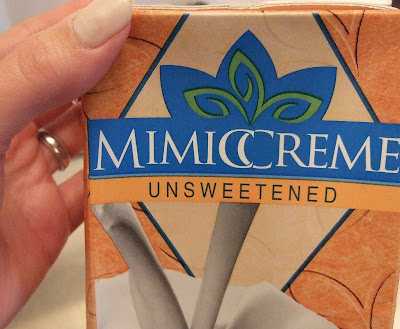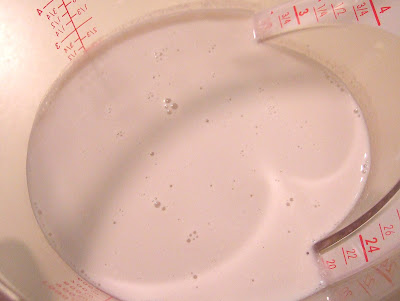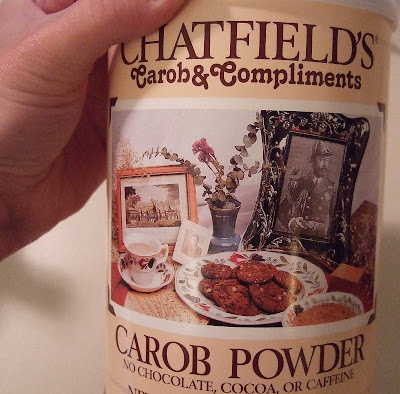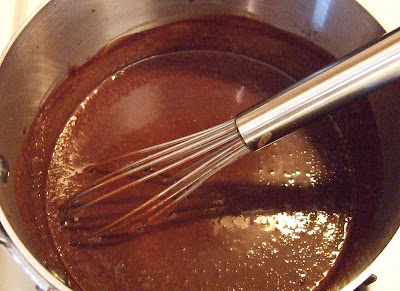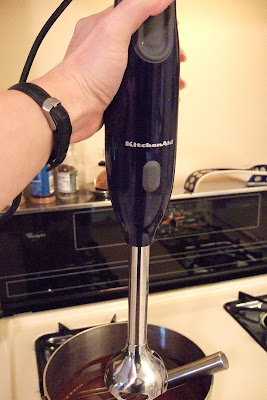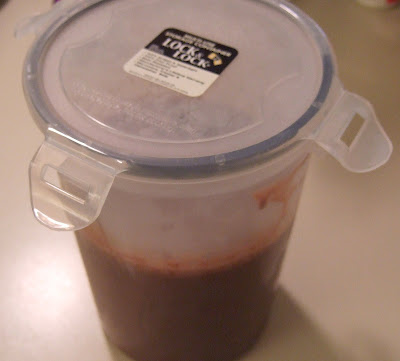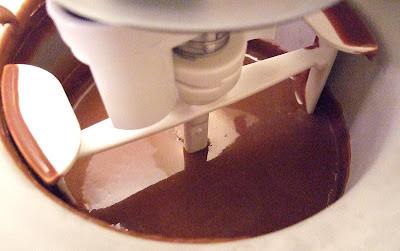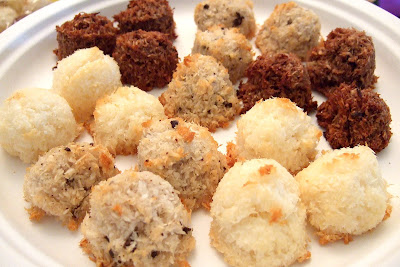Vegan Cranberry Jammy Thumbprints
 |
| From December 2010 |
These delicious two biters are best eaten on the day they are made. You can definitely make the dough a day or two ahead of time if you're planning to take these to a party.
Ever since I discovered the joy and ease of making my own jam, I can't resist applying the same principles to other fruits. In this case, I took advantage of the great sales on cranberries and purchased a hefty quantity. I also have been enjoying the marvelous honeycrisp apples making their way to the co-op, so there's a bin full of them in the fridge as well. The resulting cranberry jam is a gorgeous red hue and an excellent tart foil for the buttery taste of the cookies.
Since I made some pretty sizeable changes to the recipe, I'm including my version below. However, that shouldn't stop you from getting your own copy of
Here's my quickie cranberry jam recipe that you'll need to make the cookies.
Deb's Quick Cranberry Jam
In a blender, empty the contents of one pint package of fresh cranberries, one cored and chopped honeycrisp apple, and one quarter cup of agave nectar. Don't bother skinning anything. You'll only be wasting nutrients and time. Blend until just small pieces show. Empty the blender into a medium saucepan and heat on medium until lightly bubbling. Stir frequently, heating until the mixture thickens. Turn off the heat and let cool while you make the cookies. (By the way, you'll have extra jam. I recommend it spooned over your favorite vanilla frozen dessert or on freshly toasted whole grain bread. Yum!)
Vegan Cranbury Walnut Thumbprints
Yields 3 dozen very tasty cookies.
Ingredients:
1/2 very good olive oil
3/4 cup agave nectar
1/4 cup unsweetened vanilla almond milk
1 1/2 teaspoons vanilla
1 2/3 cups whole wheat pastry flour
1/4 cup coconut flour
1 teaspoon baking powder
1/2 teaspoon cinnamon
1/4 teaspoon freshly grated nutmeg
1/4 teaspoon salt
1 1/4 cups finely chopped walnuts
Freshly made cranberry jam (see recipe above)
Directions:
1. In a mixing bowl, mix together the oil, agave nectar, almond milk, and vanilla until really well incorporated.
2. In another bowl, sift together the flours, baking powder, and spices.
3. Mix the dry ingredients into the wet ones until well incorporated.
4. Place some plastic wrap over the bowl and chill the dough for 1 hour.
5. In the meantime, clean up the kitchen and line three baking sheets with parchment paper.
6. After the dough is nicely chilled, spread the walnuts into a dinner plate. Use a small cookie scoop to scoop the dough into balls and roll the balls around in the walnuts until you have a nice coating on the outside. Place the balls onto the cookie sheets.
7. Preheat your oven to 325 degrees F.
8. Using the second knuckle of your index finger (counting from the hand, not the tip of the finger) (or if you need a device, use a spoon) to make a 1/2 teaspoon-sized indentation into the cookie. It also helps to flatten it out a bit.
9. Spoon 1/2 teaspoon of the homemade cranberry jam into each indentation. You'll need to smooth it out a little because it won't "melt" in that much.
10. Bake the cookies at 325 degrees F for 10 minutes, then turn the cookie sheets and switch their positions. Bake for another 8 to 10 minutes or until they are just turning golden. Bake the last sheet the same way.
11. Let cool on the sheet for 10 minutes, then transfer to wire racks to cool completely.
12. Enjoy!
























